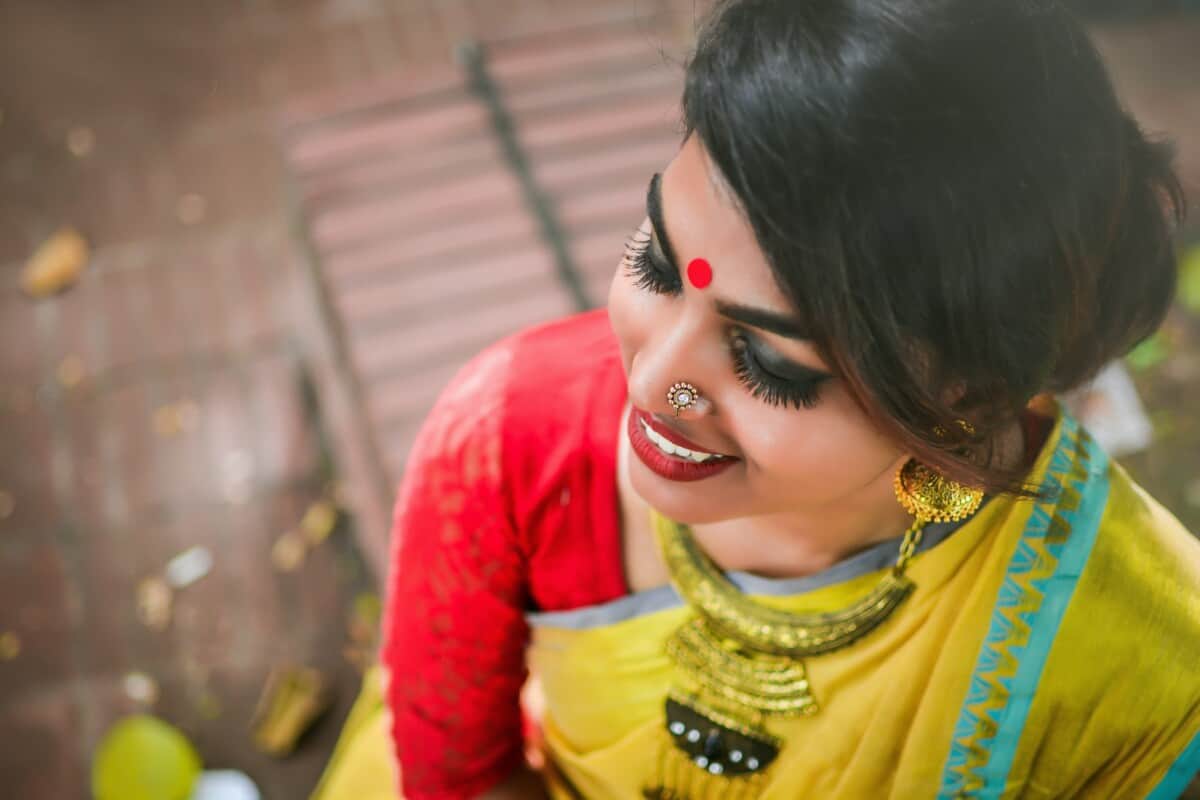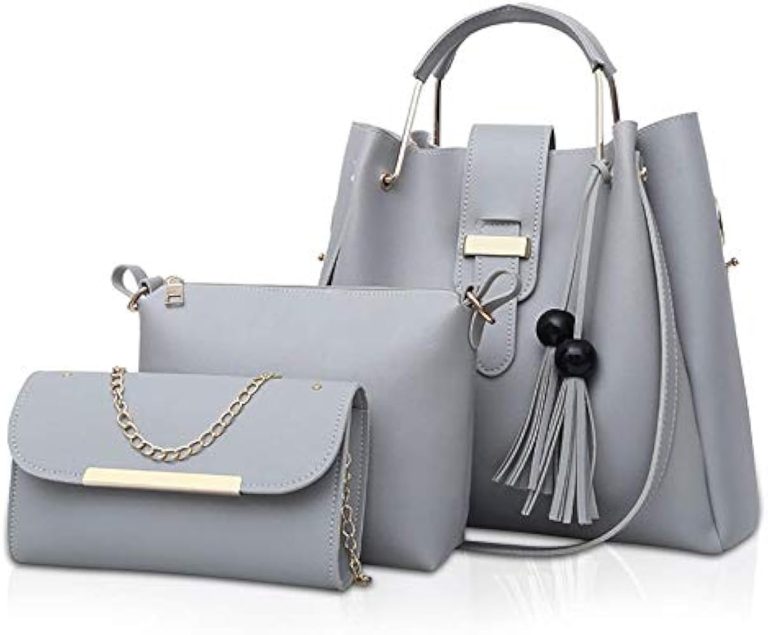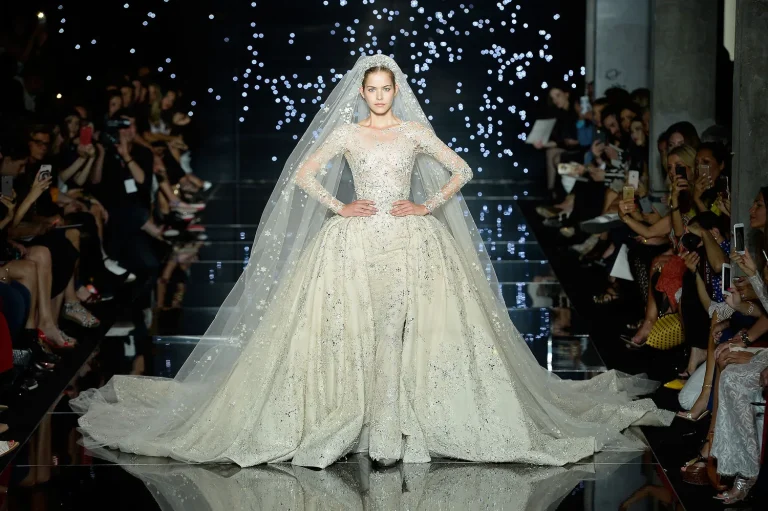
The interesting thing about fashion is it keeps on changing equally for both the sexes, enabling to adapt new and jazzy trendy in their dressing sense over the years. Everyone loves to look pretty and stylist through their dressing and makeup.
So, guys today let’s talk about the dressing of bongs!
Apart from the food culture, music culture, gorgeous features and has exaggerated high potential of skills, Bong guys are also best known for their unique fashion elegance. Bengalis have more traditional take on fashion over the evolution but it doesn’t conclude that the dressing must be heavy or highly rich embellishments and garments or whether it’s just a saree.
Before 1850s (Pre-colonial era)
Before 1850s (Pre-colonial era) the traditional Bengali women were seen draping a single piece of around themselves without any type of undergarments. Men were seen donning dhotis and lungis with exposing upper body.

1850s to 1950s (British Raj)
1850s to 1950s (British Raj) it is the era where the trends switched, there were changes in draping of sarees. Now the dressing sense was incomplete without blouse; so, the Bengali women started wearing petticoat (Saya) along with blouse. The way of draping the saree was popularly known as Brahmika Saree, mostly donned by women belonging from brahmin family. Brahmika Saree was inspired by Parsi Gari Saree donned by Gujarati and Parsi women but was originally popularized by Jnanadanandini Tagore (sister-in-law of Rabindranath Tagore). Rural men were seen wearing authentic dhotis.
During 1950s to 1980s
During 1950s to 1980s Bengali women started using pins and brooches to secure anchol over the shoulder. New trends were also introduced meanwhile, bodice (Angiya Cachali) with short skirt like petticoat and shawl (chador) draped over the shoulders.
19th to early 20th century fashion:
The fashion sense during late 19th to early 20th century brought another new trend among the bong women to wear a mantilla, which was most commonly lace along with the saree, this was inspired by the European style of draping mantilla over their heads by upper class British women. Although the main dressing style i.e., the saree remained same among bong women but the styles of blouses evolved during early 20th century i.e., tight-fitted sleeves up to the wrists, upper class women were seen wearing rich and expensive Jamdani and Banarasi sarees, puff sleeves. 1980s brought tie and die sarees and hand block printed sarees till date women can be seen wearing printed with rich and vibrant colors. Till this, women started working and due to ease and comfort salwar kameez inspired by Mughals and Pathans became popularized among women.
The recent fashion trends (late 20th century) what they are following right now can be expressed as mixture of something old, something new. It exists between the heritage and contemporaneity, itneeds variety according to the mandatories and dress code, so they adapt the surrounding trends and switches the mode of fashion.With the growing western tide upon them the fashion among bong guys changed but the tradition remained unchanged; men are seen wearing kurta and dhoti; were as women are seen wearing authentic white saree with red border draped according the old Bengali tradition with the accessories, gold ornaments and the trademark Shakha and Paula.
This attire is what truly makes them unique.




